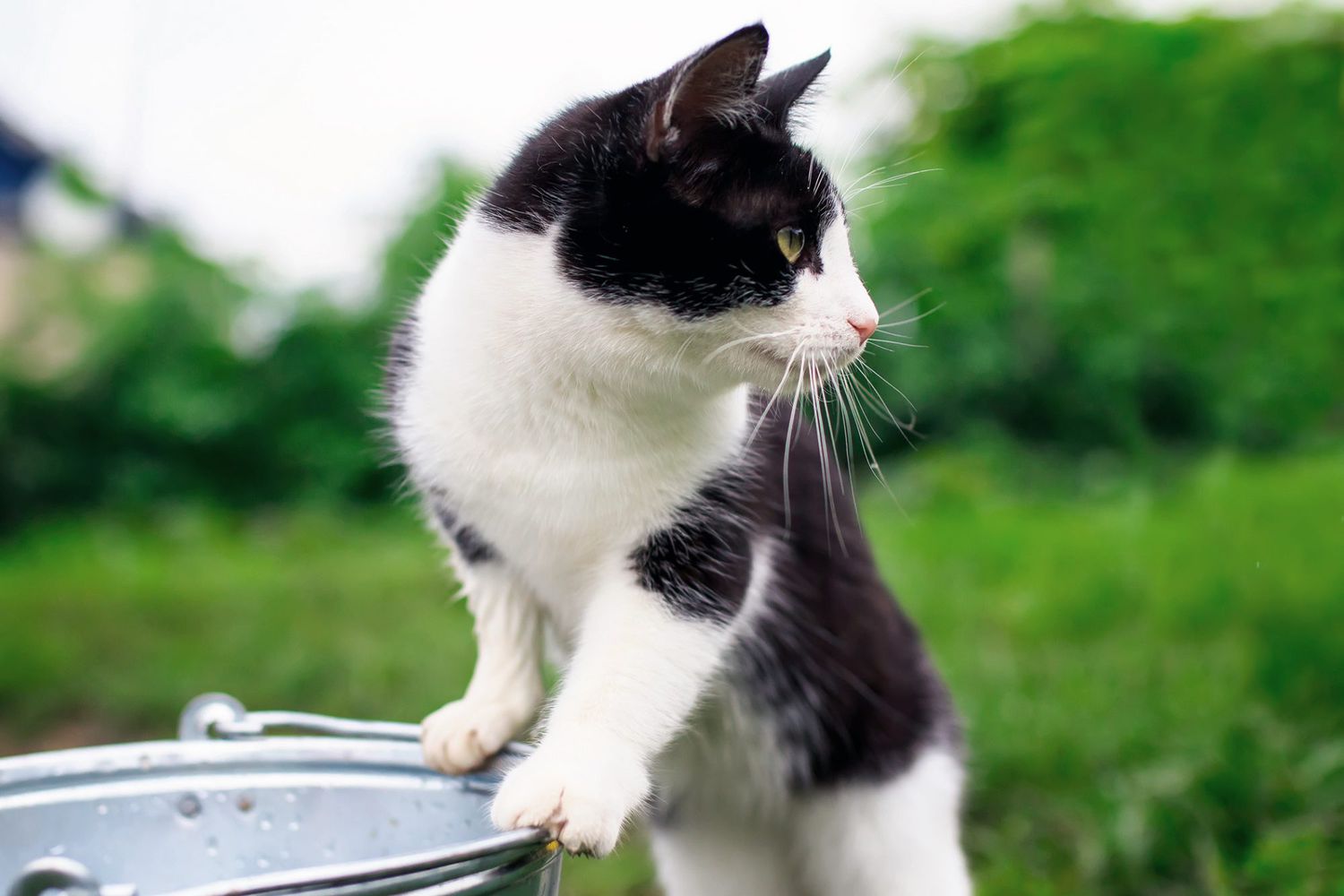Resolving Misconceptions About Cat Litter and Feline Health
Resolving Misconceptions About Cat Litter and Feline Health
Blog Article

Cat litter and litter boxes play an essential role in the lives of both felines and their owners. From the humble beginnings of sand and soil to the innovative improvements these days, the world of cat litter has actually evolved considerably. In this detailed guide, we delve into every aspect of cat litter and litter boxes, exploring their history, types, benefits, challenges, and everything in between.
The history of cat litter dates back centuries, with ancient civilizations using sand, soil, and even ashes as primitive litter materials. However, it wasn't up until the mid-20th century that contemporary cat litter as we understand it emerged. In 1947, Edward Lowe presented the world's very first industrial cat litter made from absorbent clay, changing the method felines relieved themselves inside. Ever since, cat litter has actually gone through many improvements, with the intro of clumping litter, silica gel litter, eco-friendly alternatives, and more.
Today, feline owners are spoiled for choice when it concerns selecting the right litter for their feline companions. Standard clay litter stays popular for its cost and effectiveness in taking in odors. Clumping litter, which forms solid clumps when wet, streamlines cleansing and upkeep. Silica gel litter, composed of highly absorbent silica crystals, offers remarkable smell control and durability. Naturally degradable choices, such as recycled paper, wood pellets, corn, and wheat, appeal to environmentally mindful customers.
Each kind of cat litter offers special benefits. Clay litter masters its ability to soak up moisture and control odors, making it a reputable choice for many feline owners. Clumping litter simplifies daily scooping and extends the time in between total litter changes. Silica gel litter provides exceptional smell control and can last longer between replacements. Biodegradable litters use a sustainable alternative that reduces environmental impact.
While cat litter enhances indoor feline health, it is not without its difficulties. Dust from clay litter can pose breathing dangers for both cats and human beings, triggering the popularity of dust-free options. Some cats may establish litter box aversion due to concerns with texture, fragrance, or cleanliness, demanding experimentation with different litters cat litter robot and box setups. Multi-cat homes may need strategic litter box positioning and frequent upkeep to avoid territorial disputes and make sure all cats have access to tidy facilities.
Picking the suitable litter box is essential for promoting favorable litter box habits and general feline well-being. Elements to consider consist of size, accessibility, and style preferences. Covered litter boxes supply privacy and assistance contain smells, however some cats might find them restricting or intimidating. Open-top litter boxes provide easy access and cat litter mat presence but might result in more litter scatter. Automatic self-cleaning litter boxes enhance upkeep but need routine monitoring and maintenance.
Proper litter box maintenance is vital for ensuring a tidy and welcoming environment for both cats and their owners. Daily scooping gets rid of waste promptly, lessening odor and dissuading litter box hostility. Routine litter replacement, generally every 1-2 weeks, avoids bacterial accumulation and maintains ideal absorbency. Extensive cleaning with mild cleaning agent and water, preventing harsh chemicals that may prevent felines from using the box, must be carried out monthly.
Cat litter and litter boxes play a central role in promoting a healthy and unified relationship in between cats and their human companions. With a varied selection of litter options and litter box designs offered, feline owners have the versatility to customize their choices to suit their felines' choices and household needs. By understanding the development, Litter Box Liners types, advantages, and obstacles of cat litter and litter boxes, family pet owners can supply their feline friends with a comfortable and hygienic indoor environment.